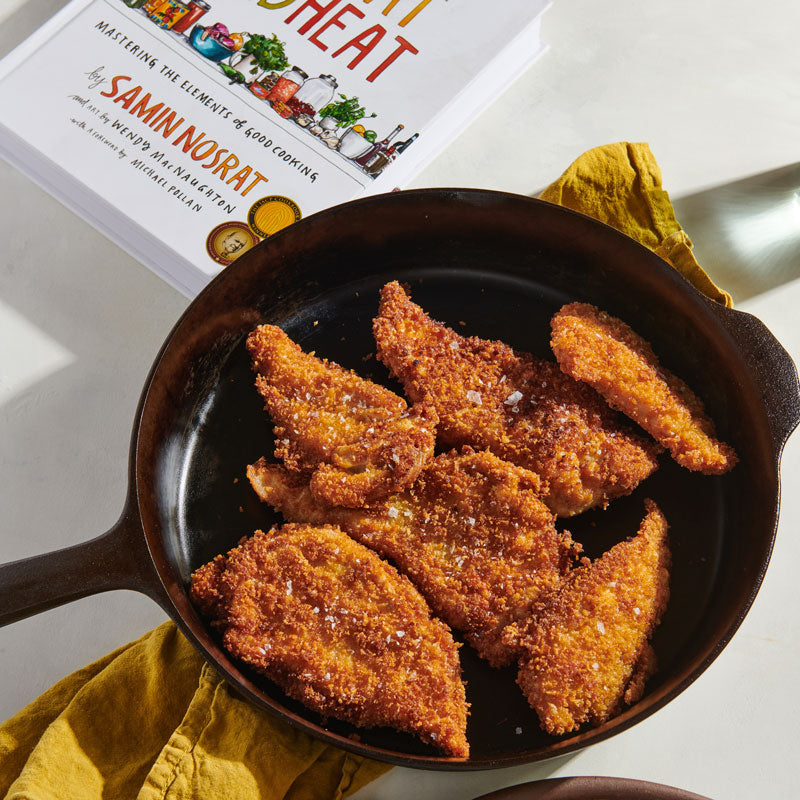The steak fajita’s roots trace back to the 1930s in Texas’s Rio Grande Valley, where vaqueros would turn skirt steaks—then a humble cut not deemed worthy of sale—into portable meals by cooking the long, tender cut over a hot fire and folding it into tortillas. A generation later, María Ninfa Rodríguez Laurenzo popularized tacos al carbon, as they were previously known, at her tortilla factory, and the build-your-own Tex-Mex icon was born. (Ninfa’s eponymous restaurant is still thriving today).
The 1980s and the rise of Tex-Mex chains brought fajitas to the masses, but by then the term “fajita” had become a catchall for any protein brought to your table on a sizzling cast-iron griddle.





